Nobel Prize in chemistry awarded for complex chemical models
By Ben Brumfield, CNN
October 9, 2013 — Updated 1004 GMT (1804 HKT)
STORY HIGHLIGHTS
- Chemists used to used balls and sticks to make models of molecules
- Today computer programs show detailed depictions
- The work of the Nobel winners led to the creation of these programs
(CNN) — Chemists used to use balls and sticks to make models of complex molecules. That has changed.
The Nobel Prize in Chemistry rewarded three scientists for work leading to the complex computer programs used today to display realistic and detailed structures of complex molecules.
Martin Karplus, Michael Levitt and Arieh Warshel all work at universities in the United States. Karplus, also works in France.
The Royal Swedish Academy of Sciences awarded the prize to them jointly.
Last year
Two American scientists won the Nobel Prize in chemistry in 2012 for their work revealing protein receptors that tell cells what is going on in and around the human body. Their achievements have allowed drug makers to develop medication with fewer side effects.
Research spanning four decades by Robert J. Lefkowitz and Brian K. Kobilka on “G-protein-coupled receptors” has increased understanding of how cells sense chemicals in the bloodstream and external stimuli such as light, according to the Royal Swedish Academy of Sciences, which awarded the prize.
This week
Two Americans and a German shared this year’s Nobel Prize in physiology or medicine Monday.
Americans James E. Rothman and Randy W. Schekman, and German Thomas C. Sudhof were honored for discoveries of how the body’s cells decide when and where to deliver the molecules they produce.
And on Tuesday, two men who predicted the existence of the Higgs boson 50 years before its discovery took the prize for physics — Francois Englert of Belgium and Peter Higgs of the United Kingdom.
Higgs and Englert’s theories behind the elusive particle explained what gives matter its mass and played a key role in completing scientists’ understanding of the nature of all matter.
Nobel history
Since 1901, the committee has handed out the Nobel Prize in chemistry 105 times. In certain years, mainly during World Wars I and II, no prize in chemistry was awarded.
The youngest recipient was Frederic Joliot, who won in 1935 at the age of 35. The oldest chemistry laureate was John B. Fenn, who was 85 when he received the prize in 2002.
Frederic Sanger was the only scientist to win the chemistry prize twice for his work related to the structure of proteins and DNA.
There is a fine line between the science of chemistry and the fields of physics and biology. Famed female scientist Marie Curie of France, for example, won Nobel honors for her work in radiophysics in 1903 and again in 1911 for discoveries in radiochemistry.
The committee also will announce prizes in literature, peace and economics in the coming days.
Swedish industrialist Alfred Nobel created the prizes in 1895 to honor work in physics, chemistry, literature and peace. The first economics prize was awarded in 1969.
Read this article:
The post Chemistry modellers win Nobel appeared first on Arne Ruhnau News.
via Arne Ruhnau News http://arneruhnau.com/chemistry-modellers-win-nobel/
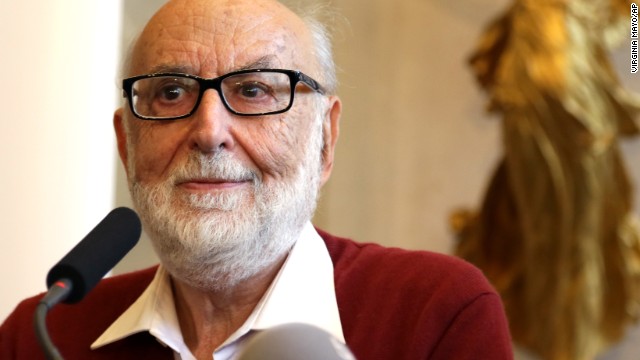 Francois Englert and his colleague Peter Higgs received the 2013
Francois Englert and his colleague Peter Higgs received the 2013  Confirmation of the Higgs boson, which scientists at CERN announced in 2012, helped resolve a longstanding puzzle in the Standard Model of particle physics. This image of a proton-proton collision produced in the Large Hadron Collider shows characteristics in line with the decay of a Higgs boson, helping prove the particle’s existence.
Confirmation of the Higgs boson, which scientists at CERN announced in 2012, helped resolve a longstanding puzzle in the Standard Model of particle physics. This image of a proton-proton collision produced in the Large Hadron Collider shows characteristics in line with the decay of a Higgs boson, helping prove the particle’s existence. 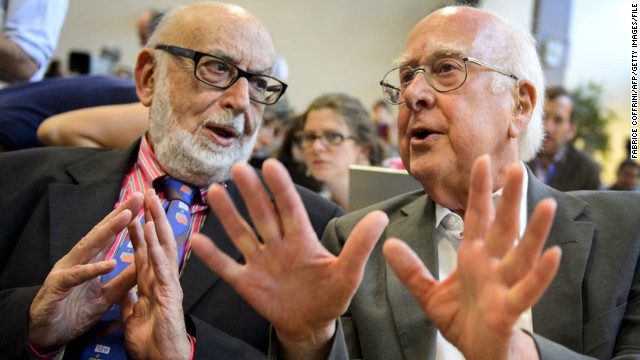 Peter Higgs, right, and Englert at a news conference on July 4, 2012, at European Organization for Nuclear Research (CERN) offices in Meyrin, near Geneva.
Peter Higgs, right, and Englert at a news conference on July 4, 2012, at European Organization for Nuclear Research (CERN) offices in Meyrin, near Geneva. 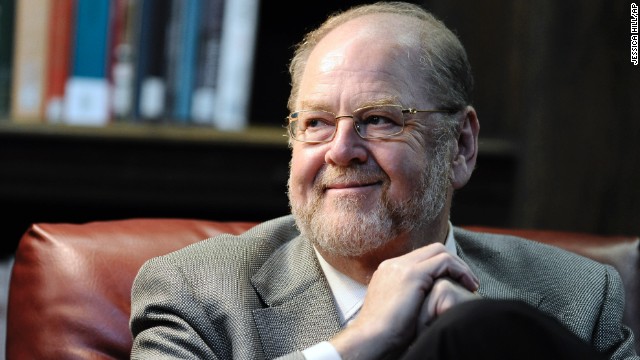 Yale University professor James Rothman shared the
Yale University professor James Rothman shared the 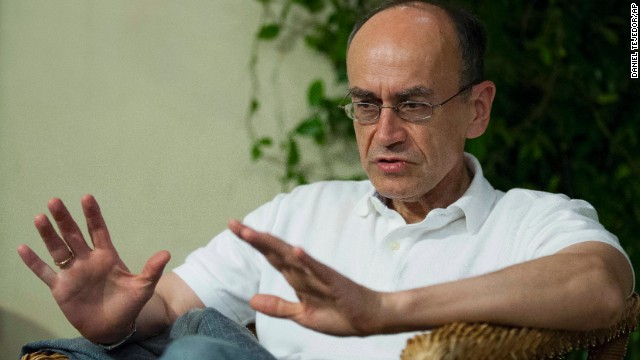 Sudhof contributed to the work on how the body’s cells decide when and where to deliver the molecules they produce.
Sudhof contributed to the work on how the body’s cells decide when and where to deliver the molecules they produce. 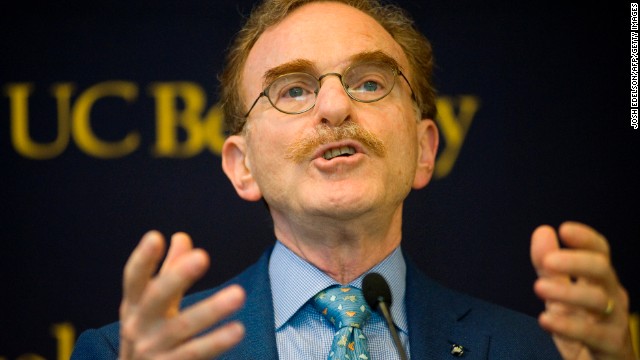 Schekman speaks during a news conference at the University of California, Berkeley on October 7. The trio’s discovery will help provide insights into diabetes, immune disorders and other diseases.
Schekman speaks during a news conference at the University of California, Berkeley on October 7. The trio’s discovery will help provide insights into diabetes, immune disorders and other diseases. 






No comments:
Post a Comment